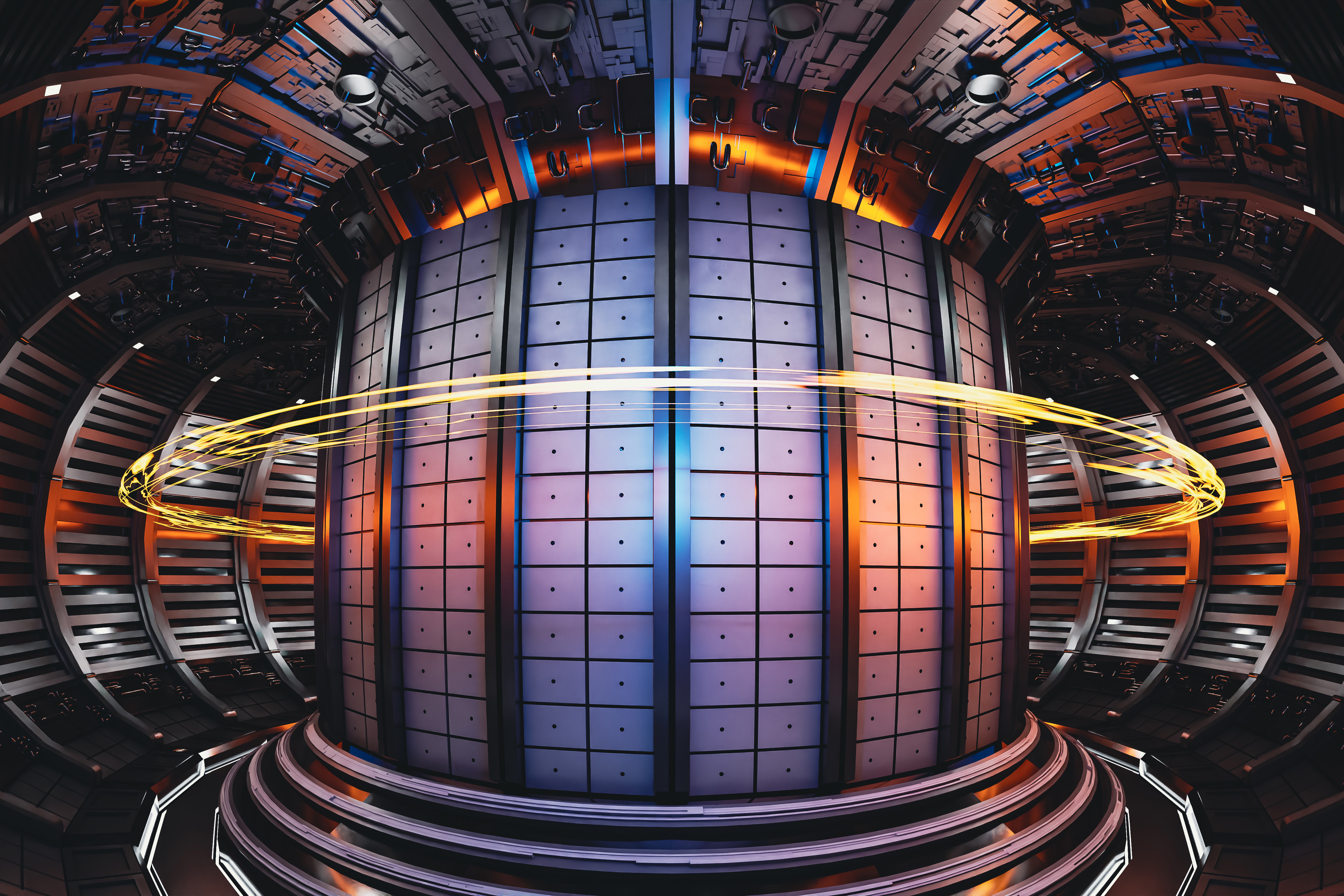MIT Scientists Create AI-Powered Model to Boost Safety and Reliability of Fusion Power Plants
Tokamaks are advanced machines designed to replicate the power of the Sun here on Earth. These fusion reactors use ultra-strong magnetic fields to contain plasma that’s hotter than the Sun’s core, forcing atomic nuclei to fuse and release vast amounts of clean energy. If these devices can operate safely and efficiently, they could one day deliver limitless, carbon-free fusion power.
Across the world, many experimental tokamaks are already operating, with new ones under construction. Most are small research reactors used to understand how to generate, control, and stabilize plasma. One major challenge lies in safely shutting down a plasma current traveling at 100 kilometers per second and exceeding 100 million degrees Celsius.
These “rampdowns” are critical when plasma becomes unstable. To avoid damage to the device, operators gradually reduce the plasma current. But sometimes, the rampdown itself destabilizes the plasma, leaving burn marks or scars inside the tokamak—minor but costly damage that takes time to fix.
Now, a team of MIT scientists has developed a predictive model that forecasts plasma behavior during rampdowns. By combining machine-learning algorithms with physics-based plasma simulations, the researchers created a tool capable of predicting how instabilities might arise when a plasma is powered down.
Trained and validated on data from an experimental tokamak in Switzerland, the model learned to anticipate plasma evolution under different shutdown conditions with remarkable accuracy—and using a small amount of data. Since each tokamak run is expensive and limited, this training efficiency is a major advantage.
The new model, presented in Nature Communications, could dramatically improve the reliability and safety of future fusion power plants.
“For fusion to become a practical energy source, it must be reliable,” explains Allen Wang, MIT graduate student and lead author. “And to be reliable, we need to master plasma management.”
Wang collaborated with Cristina Rea, principal research scientist and leader of the Disruptions Group at MIT’s Plasma Science and Fusion Center (PSFC), along with Oswin So, Charles Dawson, and Professor Chuchu Fan from MIT’s Laboratory for Information and Decision Systems (LIDS), Mark (Dan) Boyer from Commonwealth Fusion Systems, and researchers at the Swiss Plasma Center.
A Delicate Balancing Act
Tokamaks were first developed in the 1950s in the Soviet Union, named from a Russian acronym meaning “toroidal chamber with magnetic coils.” The donut-shaped reactors confine high-temperature plasma using magnetic fields to trigger nuclear fusion reactions.
Current tokamak experiments operate at relatively low energy, but as next-generation fusion plants scale up, controlling large, high-energy plasmas throughout all stages—especially rampdown—will be critical for maintaining safe and efficient operation.
“Uncontrolled plasma terminations, even during rampdown, can release extreme heat that damages the inner walls,” says Wang. “With high-performance plasmas, rampdowns can actually push systems closer to instability limits. Managing those limits is a delicate balance, and few studies have addressed it effectively.”
Predicting the Pulse
To solve this challenge, the MIT team developed a hybrid model combining neural networks with physics-driven plasma equations. Pure AI methods alone would need an enormous dataset to detect subtle, fleeting instabilities in super-hot plasmas. The hybrid approach, however, captures both data patterns and fundamental plasma dynamics—achieving accurate predictions with far less information.
The model was trained using hundreds of plasma pulses from the TCV tokamak at Switzerland’s EPFL (École Polytechnique Fédérale de Lausanne). This small, variable-configuration tokamak serves as a research platform for testing advanced control strategies.
From the TCV data, including plasma temperature and energy levels during ramp-up and ramp-down phases, the model successfully predicted how plasma evolves given specific starting conditions.
The researchers also built an algorithm to convert the model’s predictions into actionable “trajectories”—automated control instructions that adjust the magnets and temperature to maintain plasma stability. When tested on real TCV runs, the algorithm produced faster, smoother rampdowns, reducing disruptions compared to traditional methods.
“Plasma will always dissipate eventually,” Wang explains. “We call it a disruption when it collapses at high energy. Our model allows us to ramp it down smoothly to zero energy—and we achieved that consistently.”
Toward Reliable Fusion Power
This research was supported by Commonwealth Fusion Systems (CFS), an MIT spinout building the first compact, grid-scale fusion power plant, known as SPARC. SPARC aims to generate net-positive plasma energy, producing more power than it consumes.
The MIT team is collaborating with CFS to implement predictive models like this one, improving plasma control, minimizing disruptions, and paving the way for safe, continuous fusion energy.
“We’re tackling the fundamental science needed to make fusion a dependable energy source,” Wang adds. “This is just the beginning of a long journey—but a promising one.”
Additional support came from the EUROfusion Consortium, through the Euratom Research and Training Program, funded by the Swiss State Secretariat for Education, Research, and Innovation.
What do you think of this breakthrough?
Share your thoughts below or spread the news on social media to help others discover the latest in science, innovation, technology, and clean energy.
What did you think of this news? Leave a comment below and/or share it on your social media. This way, we can inform more people about the hottest things in technology, science, innovation, and gaming!
This news was originally published in:
Original source

